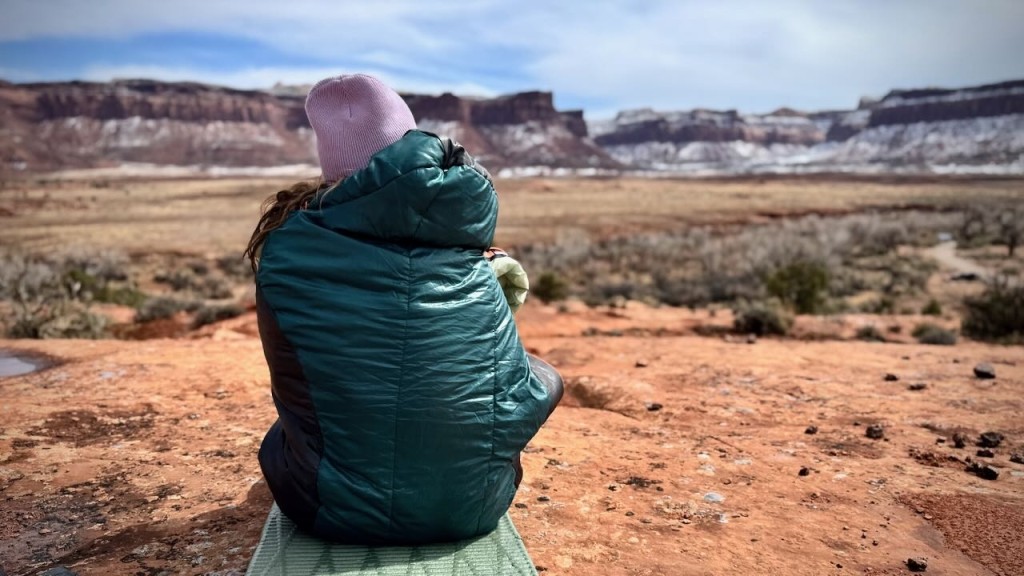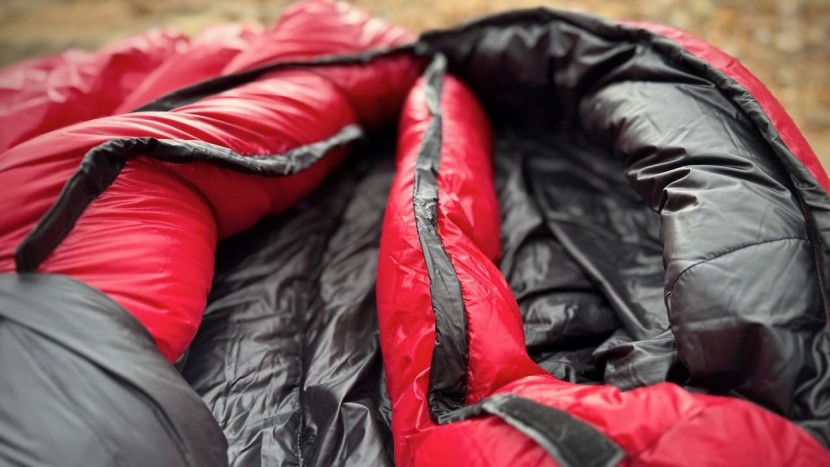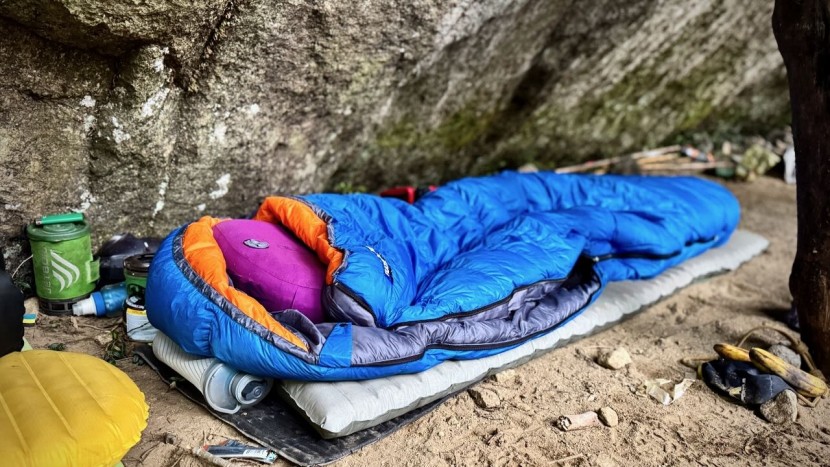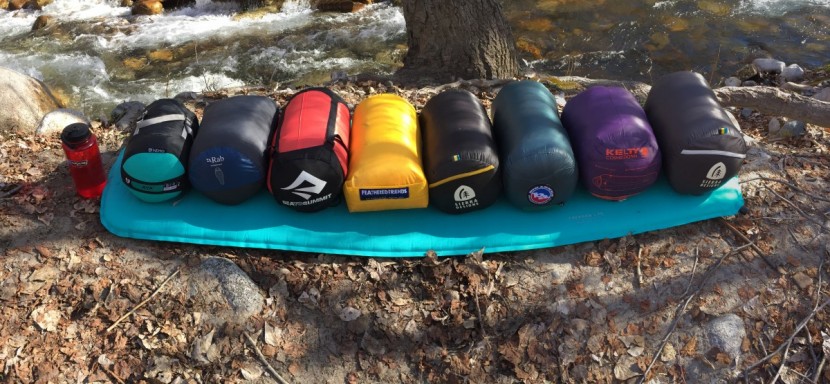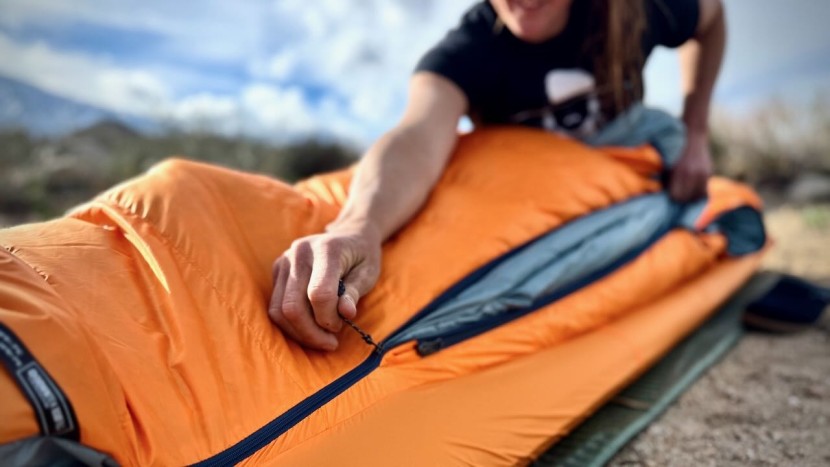Over a decade of backpacking seasons, we have spent countless nights sleeping on the ground outside. We took these bags backpacking in the mountains and deserts, on remote climbing expeditions, and on many nights of car camping. We tested the limits of these bags' warmth, spending cold nights in the alpine where temperatures went below freezing, out in snow and thunderstorms, and spent some very warm nights at low elevations and climbing destinations.
Warmth
Spending many nights at high elevation in the mountains, from early spring through late fall, we were able to test each sleeping bag's warmth. We evaluated each bag's fill materials for quality and amount, as well as the fit and features like baffles and shape, to determine the warmest of the bunch. The fit of each bag was essential to the body heat retained within the construction.
Weight
We weighed all the bags - which one was the lightest? Which was the heaviest? Which had the best warmth-to-weight ratio that made it worth carrying around with us?
Comfort
Which bag was the softest, cushiest cloud we could sleep in, and which had the roughest materials? Were they too big, too small, or just right?
Packed Size
What bag had the most compressible materials? Did they come out of the box with a compression sack to squeeze them down to the smallest package? Size does matter in this metric.
Features
Some features just added weight but weren't that useful. Others were essential to the bag's functionality. We used them all and evaluated their worthiness.
We stuffed, compressed, packed up, and carried these bags for several outdoor adventures and then zipped, unzipped, toggled, and, of course, slept in these bags to test them to the fullest.

